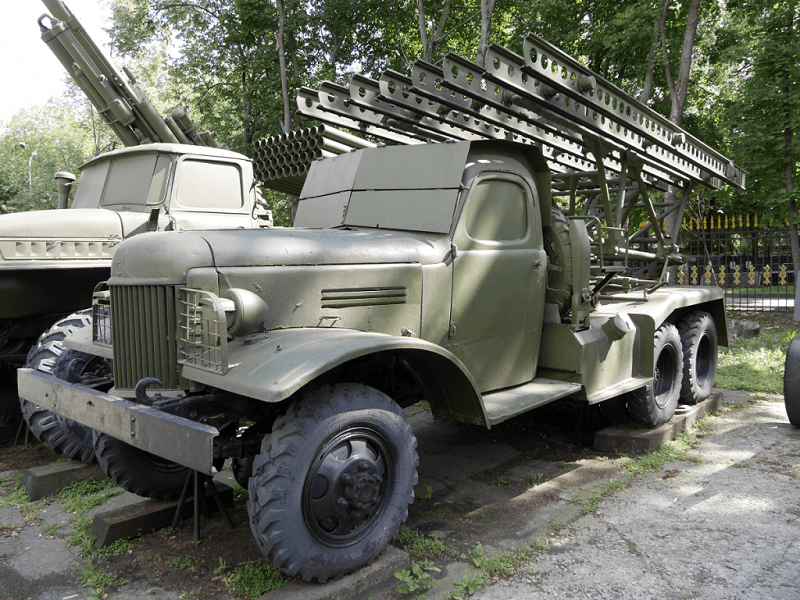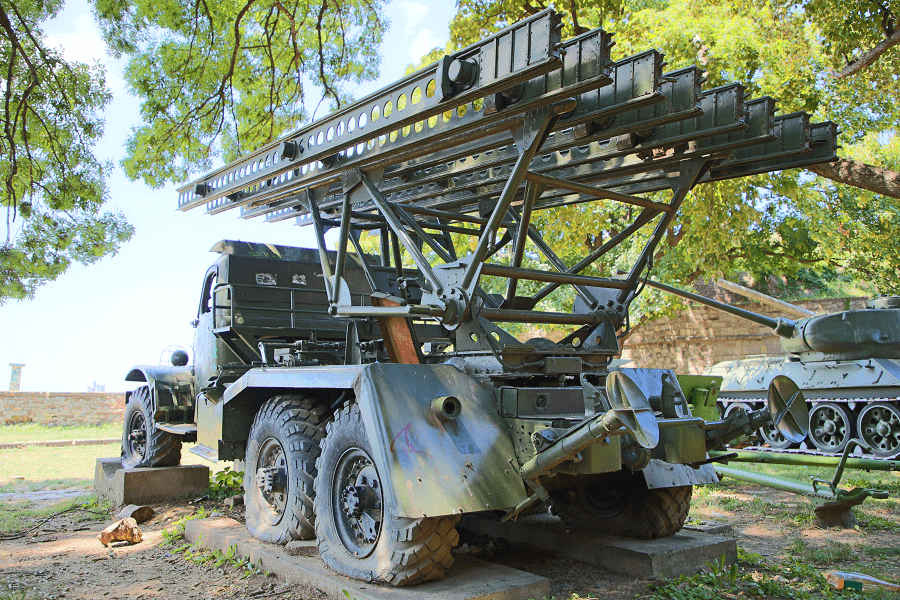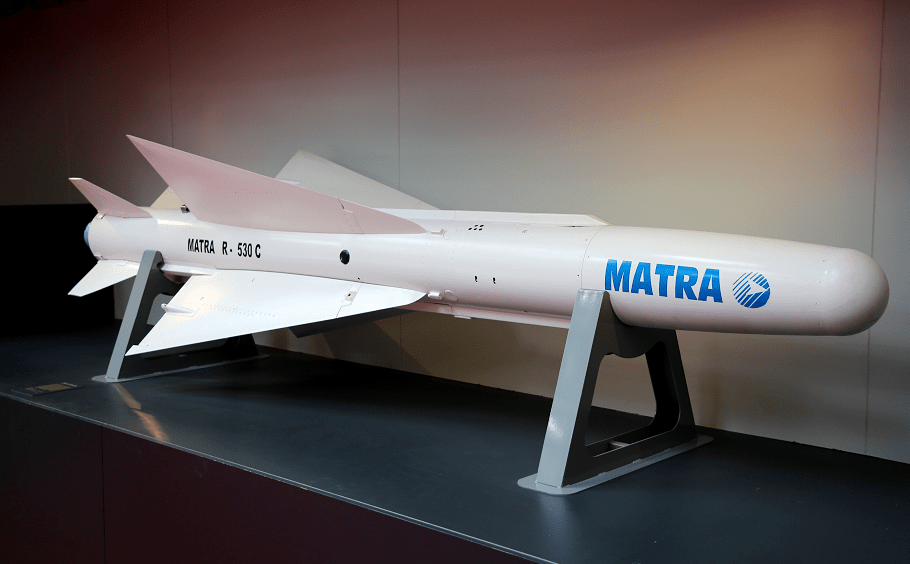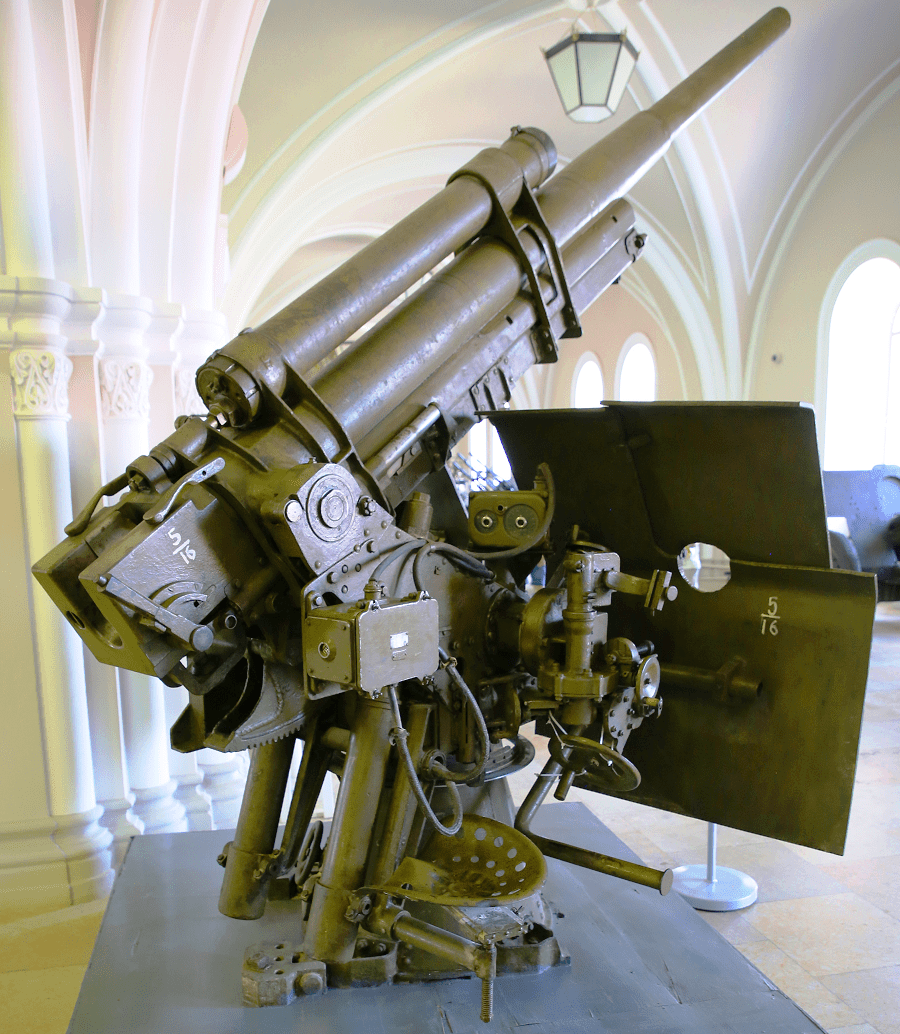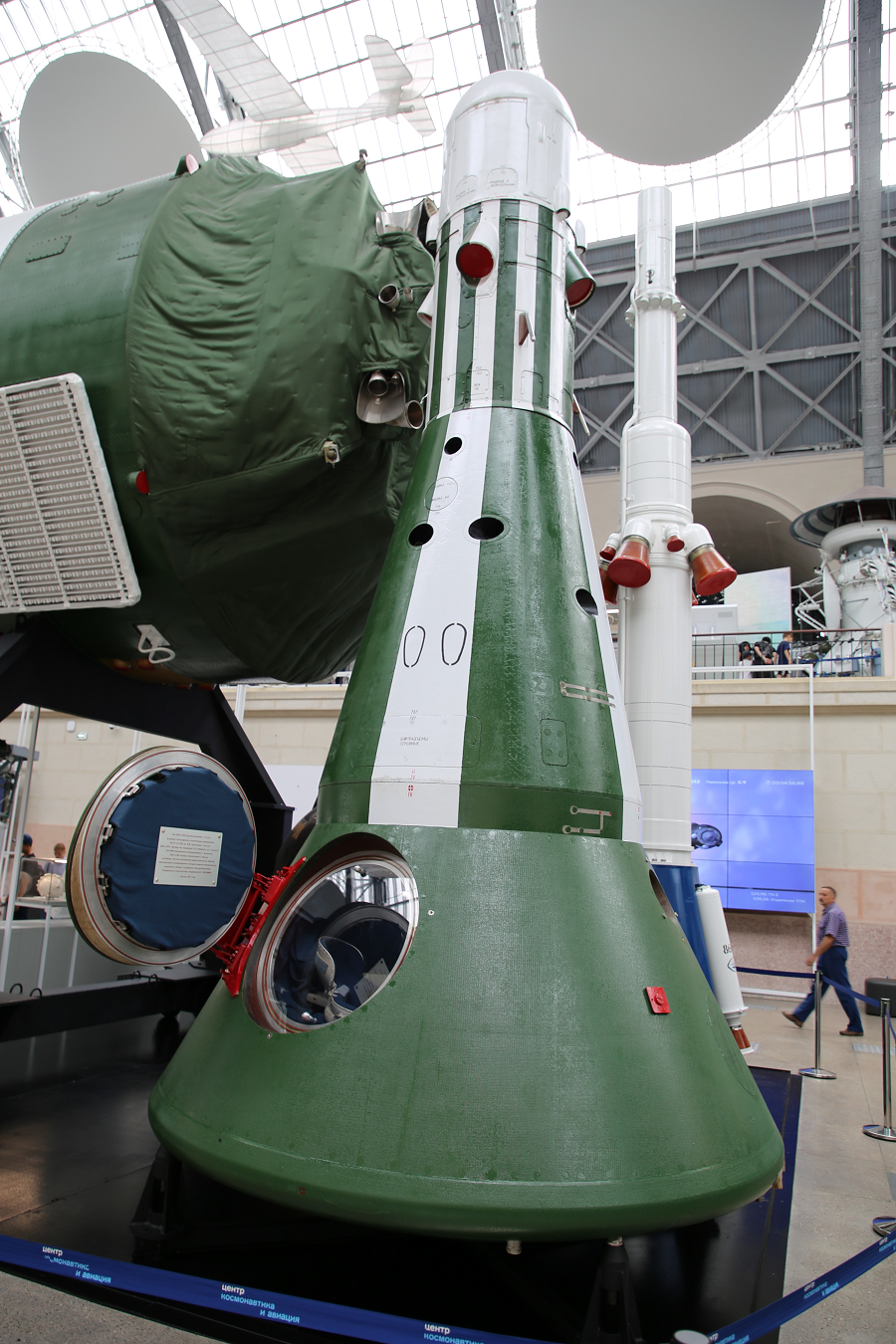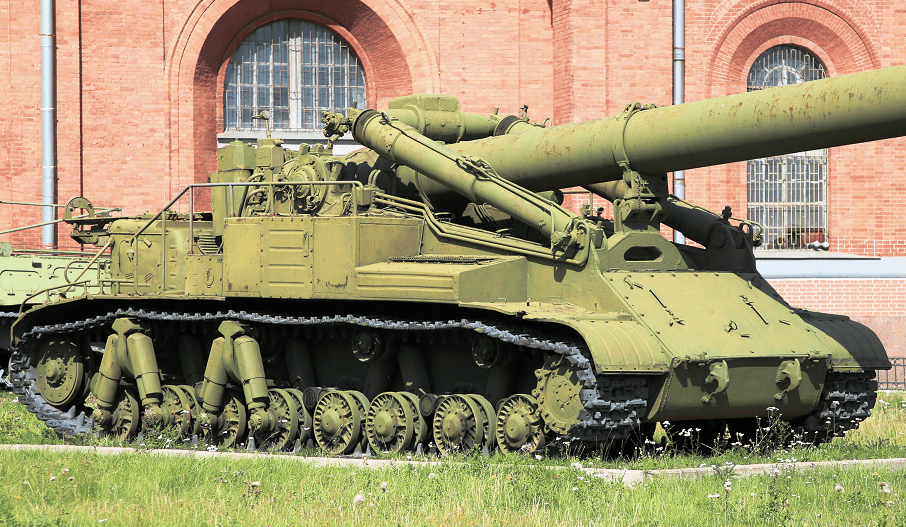The BM-13 Katyusha multiple-rocket launcher is a type of rocket artillery first built and fielded by the Soviet Union in WW II from Soviet Army Museum (Moscow).
The Katyusha is a type of rocket artillery first built and fielded by the Soviet Union in World War II. Multiple rocket launchers such as these deliver explosives to a target area more intensively than conventional artillery, but with lower accuracy and requiring a longer time to reload.
They are fragile compared to artillery guns, but are cheap, easy to produce, and usable on almost any chassis. The Katyushas of World War II, the first self-propelled artillery mass-produced by the Soviet Union, were usually mounted on ordinary trucks. This mobility gave the Katyusha, and other self-propelled artillery, another advantage: being able to deliver a large blow all at once, and then move before being located and attacked with counter-battery fire.
BM-13 from the military Museum (Belgrade)
Katyusha weapons of World War II included the BM-13 launcher, light BM-8, and heavy BM-31. Today, the nickname Katyusha is also applied to newer truck-mounted post-Soviet – in addition to non-Soviet – multiple-rocket launchers, notably the common BM-21 Grad and its derivatives.
Caliber: 130 mm
Projectile weight: 42.5 kg
Shooting range: 8,470 m
Number of missiles: 16



